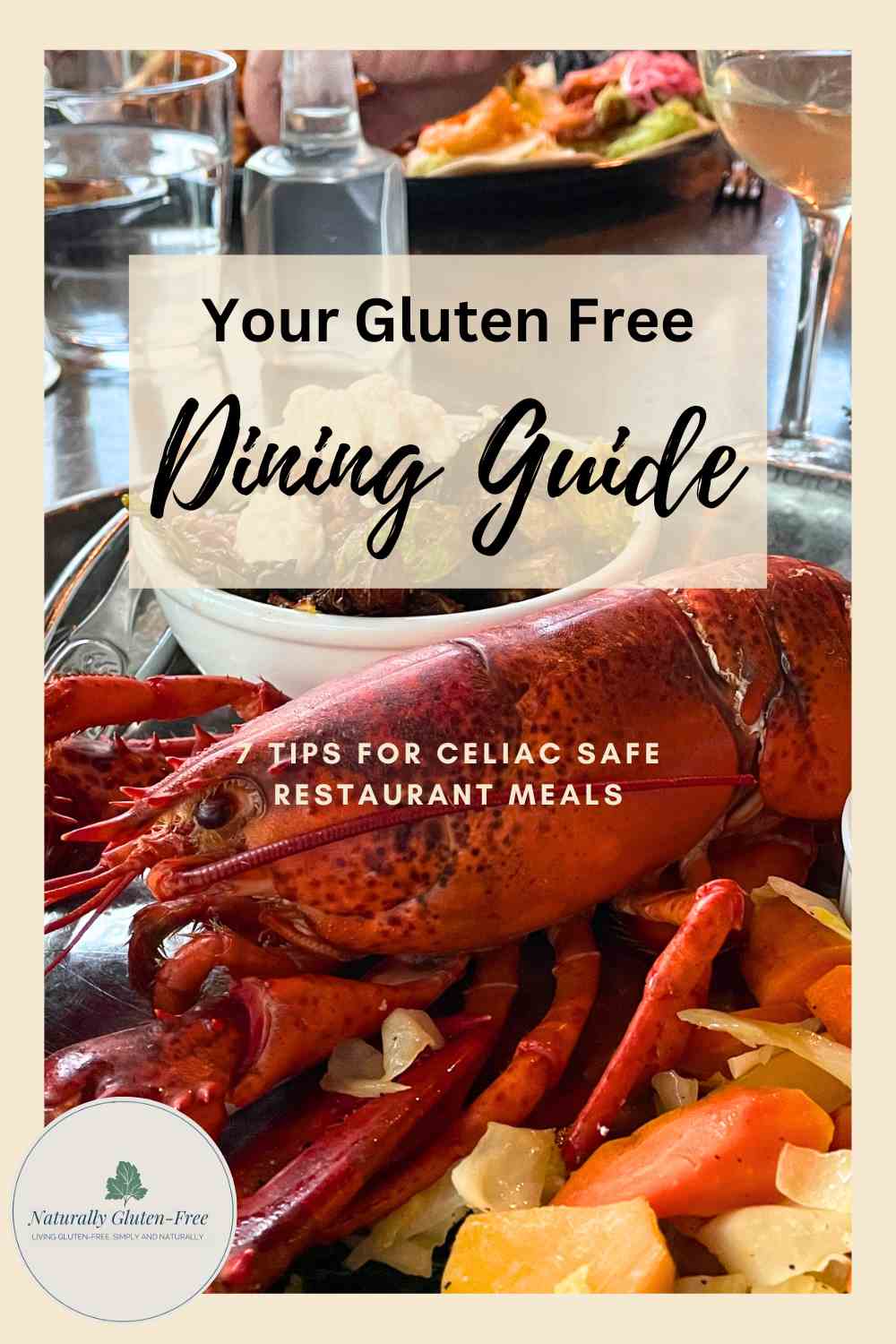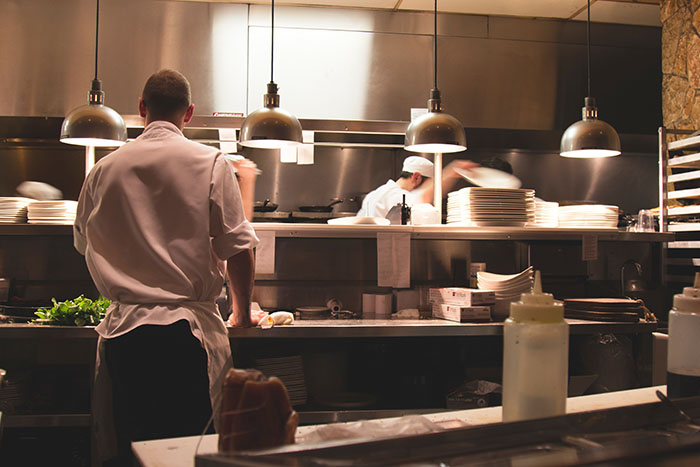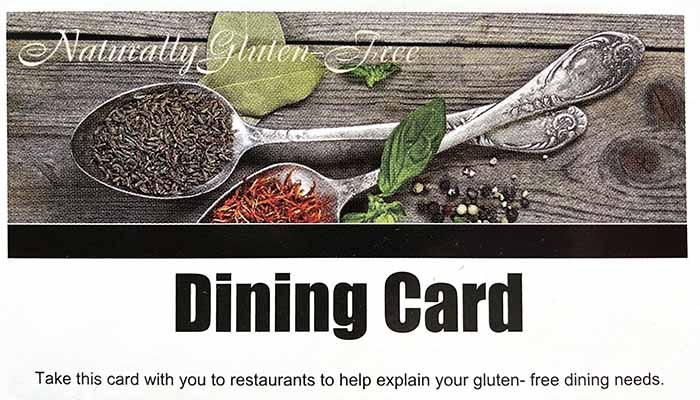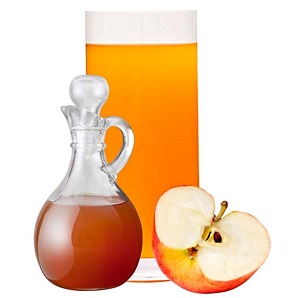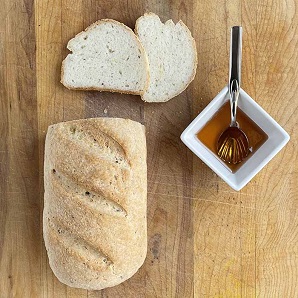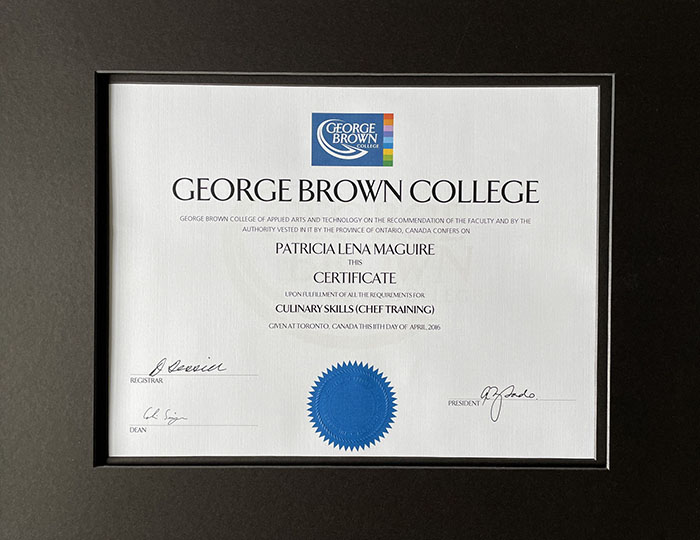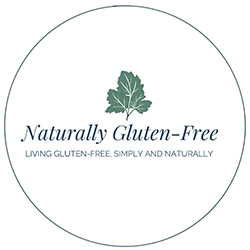- Home
- Away From Home
- Gluten Free Dining
Gluten Free Dining Guide: 7 Tips for Celiac Safe Restaurant Meals
Have you been invited out to dinner and you’re wondering if you can safely eat out in a restaurant? You’re not alone.
Gluten-free dining can be a nerve-wracking experience, but with these 7 essential tips, you can confidently savor restaurant meals.
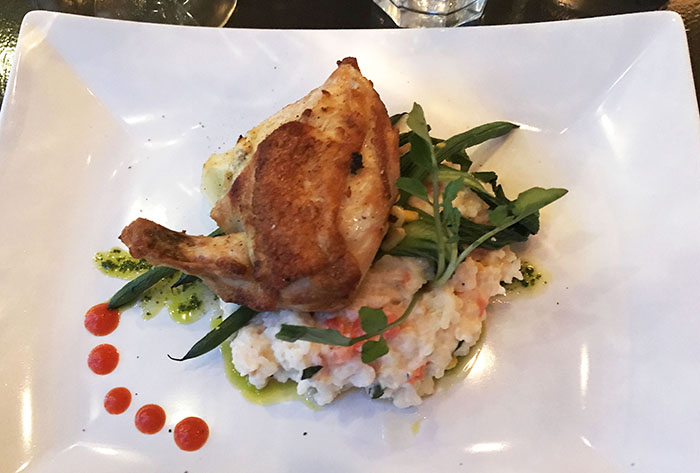
1: Understand The Risks of Eating Out with Celiac Disease
In life, risk is inevitable. It's knowing what to watch for that can help you to put the risk in perspective and decide when the risk is worth the reward.
The risks of gluten free dining in a restaurant are:
- Ingredients might contain gluten.
- Your gluten free meal might come in contact with gluten. This is called cross contact or cross contamination.
- The server or cook might not understand or might not take your needs seriously.
You can't completely eliminate all risk. No restaurant, unless it’s a dedicated gluten-free restaurant, can guarantee safety. That would be impossible. These tips will help you to minimize the risks.
Pin for Later
Should You Avoid Dining Out?
Some people with celiac simply never travel or eat away from home. It makes me sad to think of the fun and great food they are missing.
If you’re like me, then you've decided that celiac disease will limit your life as little as possible. I look at it this way:
- Getting in a car is a risk.
- Air travel is a risk.
- Eating in a restaurant is a risk even if you don’t have celiac disease.
We accept these risks because we decide they are worth it.
But if you will be so worried that you can't enjoy yourself or if the anxiety will make you sick, then maybe staying home or bringing your own food is right for you. It's 100% your decision.
2: Understand the Gluten Free Language on the Menu
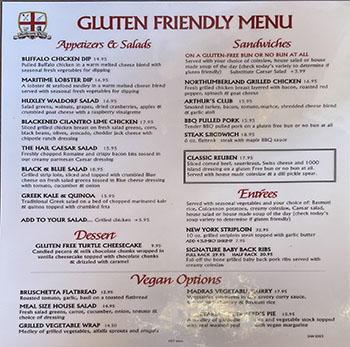
One of the hardest things about gluten free dining is understanding the menu. What does it mean when you see terms like:
- Gluten friendly
- Gluten aware
- Made without gluten ingredients
Why will they not come out and say that something is gluten-free?
It comes back to the "no guarantees" thing I mentioned before. Due to legal considerations1, most restaurants avoid the term 'gluten-free.'
For some people with low risk tolerance or very high sensitivity, this is a non starter. But I wouldn't dismiss these places yet. Many provide safe gluten free menu choices and have good allergy protocols. You just need to know what questions to ask.
3: Know How to Choose a Gluten-Free Restaurant
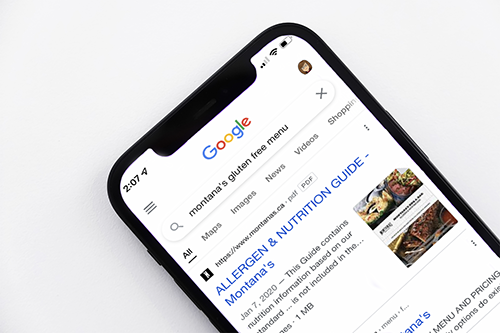
Some restaurants offer a safer gluten free dining experience than others. A little research before you go improves your chance of finding safe gluten free restaurant options and getting a safe meal.
- Look online for menus, many will have a special symbol for gluten free choices.
- Look for the restaurant's allergy guide. They will show which menu items contain common allergens including gluten.
- Look for an allergy statement. You may see words like “if you have any food allergies or intolerances please notify your server”. This tells you they've thought about food sensitivities and will notify the kitchen.
- Call the restaurant and ask some questions up front.
- Download a gluten free dining app and look for reviews.
- Consider international cuisines, like Asian, Mexican or Indian as some have more naturally gluten-free choices than others.
Questions to Help Ensure a Safe Gluten Free Meal
Whether you're on the phone or in the restaurant about to place your order, here's what you need to ask:
- Do you offer any gluten-free choices?
- Can menu items be altered to make them gluten-free?
- Is there a dedicated fryer for gluten-free items like fries or nachos?
- What are your allergy protocols. Will you:
- change gloves?
- clean the workspace?
- Make my food in a clean pan rather than on the grill shared with gluten items?
Gluten Free Dining Apps and Reviews
There are several apps and websites that can help you to find a delicious and safe gluten free restaurant meal.
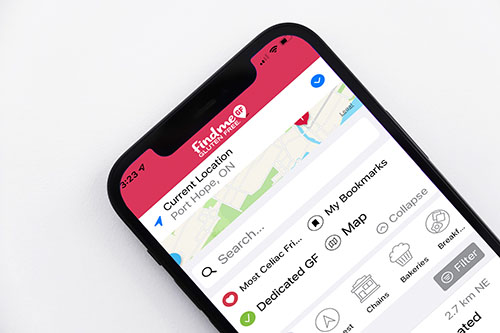
Most are crowd sourced and include comments from previous gluten-free guests. They rate for safety, the quality of the food and the overall experience. These are especially helpful if you are travelling and not familiar with the city.
Here are a few examples:
- Gluten Free Ontario (Ontario, Canada)
- Find Me Gluten Free (U.S., Canada, many international cities)
- TripAdvisor (international)
- National Celiac.org directory (U.S.)
- National Celiac Associations by country
I write reviews of the restaurants I visit and I invite you to share your gluten-free dining experiences here.
4: Avoid the Busiest Time
You know what it’s like when things get really busy in your own kitchen. Even if you are a detail oriented, no corner cutting person, it’s more difficult to keep track of everything and mistakes are more likely.
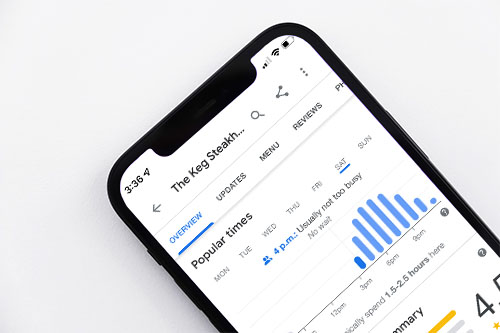
This is also true in a commercial kitchen. Their processes are tight and well timed. That’s how they get the food out to their customers while it’s hot and delicious. A “special order” means the whole thing has to slow down. They need to change gloves, get a fresh pan, use fresh toppings.
There is less chance that something will get missed if you avoid the dinner time rush. Then the kitchen crew is not so stressed, and they can take the time to make your meal with the care both you and they know it deserves.
If you want to know the busiest time for a restaurant check out their listing on Google. You don’t need to go completely off of meal time, just try to avoid the rush.
5: Inform Your Server and Ask Questions
Even if there is a gluten-free menu or items marked gluten-free you still need to inform your server that you have celiac or a gluten-intolerance and ask them to inform the kitchen.
Talk with your server about the menu choices, the ingredients and what substitutions can be made.
Ask the allergy questions I outlined earlier
Be patient if he or she doesn't know for sure and needs to check.
Printable Dining Card: Download this printable dining card and take it to the restaurant with you. It will help to explain your gluten-free dining needs and ensure there are no misunderstandings.
Tip 6: Know Which Menu Items and Ingredients to Watch For
Avoiding gluten and gluten cross-contamination at restaurants is a challenge. Here are some menu items that may be risky. Watch for these and be especially careful.
- Sauces: Always ask about sauces. Many contain soya sauce, barley malt, non-gluten free stock or flour based thickeners.
- Salads: Watch for gluten in dressings and toppings like croutons and candied nuts.
- Soups: I usually avoid soups in restaurants. They can be risky due to flour based thickeners, non-gluten free stocks or grains like barley and pasta.
- Deep Fried Foods: Beware of cross-contamination when deep-frying; ask about shared oil.
- Sandwiches: Unless gluten-free bread is available, order sandwich fillings on a plate or wrapped in lettuce.
- Eggs: Ensure eggs are cooked separately from gluten-containing items; request clean utensils and pans.
- Meat, Fish, Seafood: Whole cuts of meat, fish and seafood are generally safe, but inquire about seasonings and sauces. Sausage, burgers and meatloaf often contain breadcrumbs.
- Rice and Potatoes: Check that they are not cooked in a non-gluten free liquid. A baked potato is usually safe.
- Steamed or Sautéed Vegetables: Usually safe, just check if there are any sauces or seasonings.
- International cuisine: Many non-European cuisines have lots of naturally gluten free options. Make your dietary needs known. If there is a language barrier carry a gluten free restaurant card in that language.
- Beverages: Most non-alcoholic beverages are safe. Alcoholic beverages are a different story and a bit complicated. That's why they have their own article.
Tip 7: Tip Generously, Be Polite
Always tip generously when you're well looked after!
I know gluten free food is more expensive to begin with. But keep in mind that having to take special precautions with your food means extra work. That efficient, well oiled machine of a restaurant kitchen has to slow down, change the routine and pay special attention.
They may have to alter a recipe, take time to clean a work surface and change gloves. This is worth something and for me, I am truly grateful for the special attention I often receive when when dining out.
Express your gratitude and leave a generous tip.
And always be polite. My grandmother used to say “ you catch more flies with honey than with vinegar”.
I've read tons of forum posts from people reporting poor or dismissive treatment in restaurants. I can honestly say that I can count the number of times this has happened to me on one hand, with fingers left over.
I wonder if some of those folks reporting poor treatment have gone in with an attitude of entitlement? If we start by understanding that we are asking for special treatment that is difficult to provide and a lot to expect; if we’re polite with servers, understanding and willing to explain, I think we’ll find that most will be willing to work with us.
Remember The Reason

I haven't included this as a tip, but it might be the most important.
Remember what it's all about.
You're going out to enjoy time with friends and family. Even if the menu selection isn't great for you, you're with your people. Enjoy them, make the food secondary.
Notes:
1. There are legal requirements for use of the gluten free. Here are the published guidelines from the US FDA and Health Canada.
